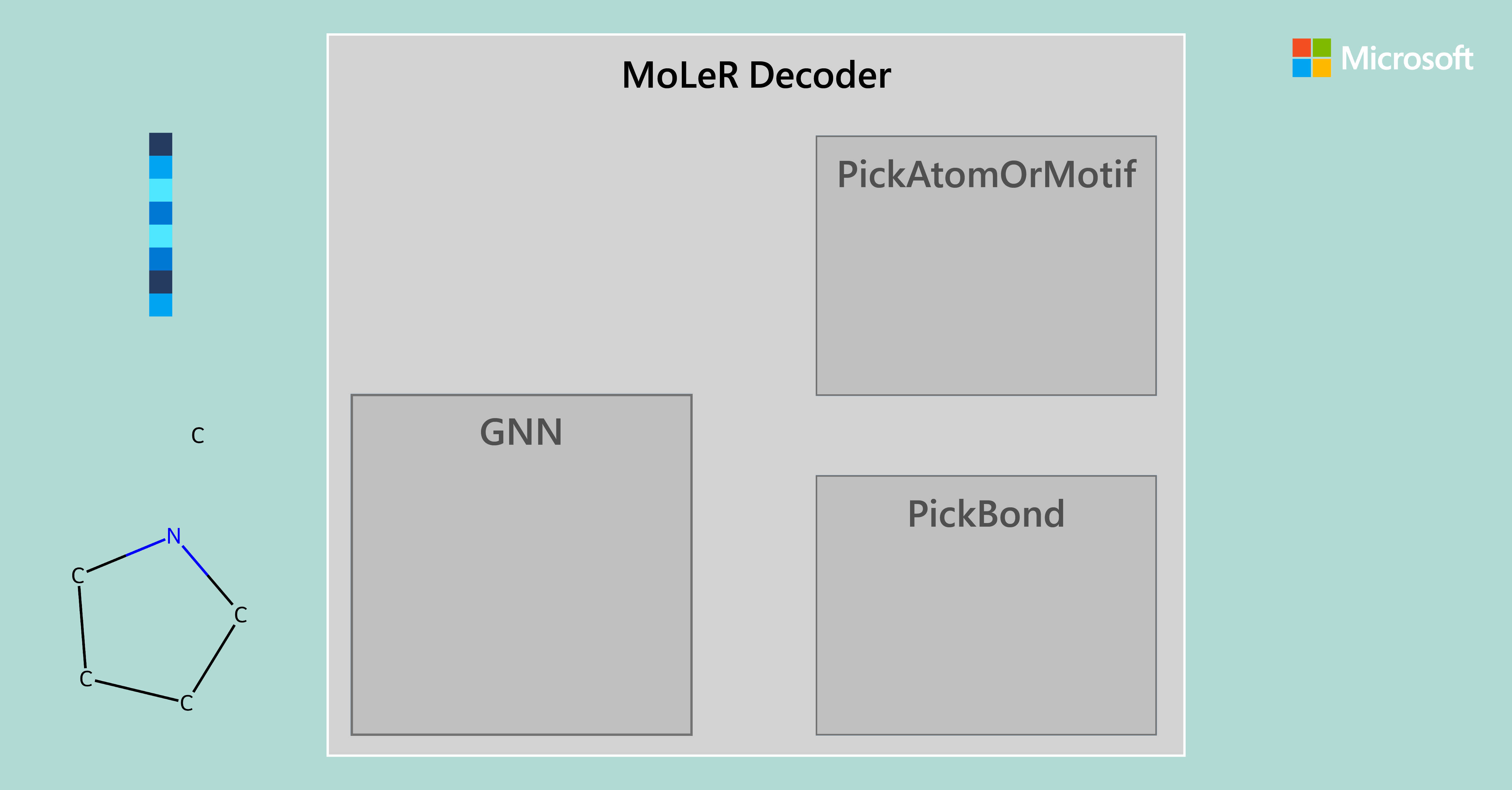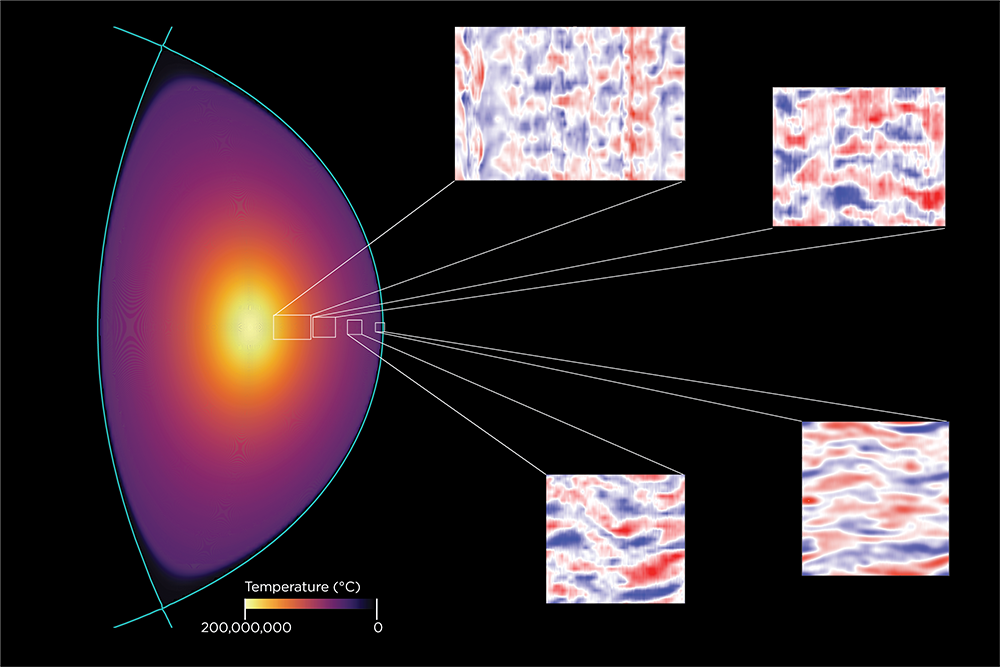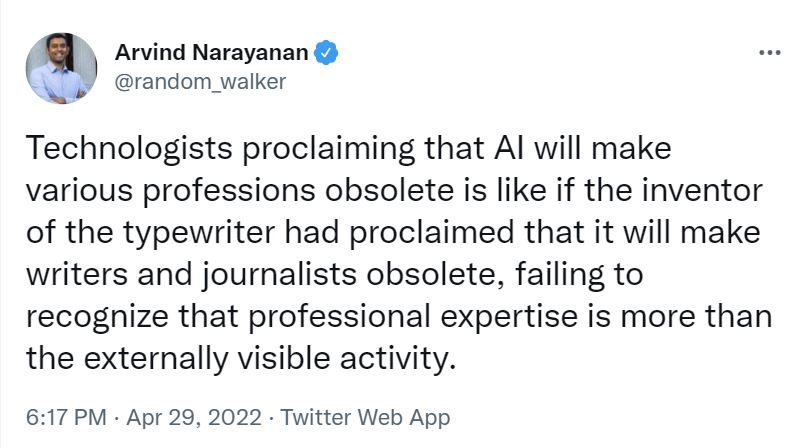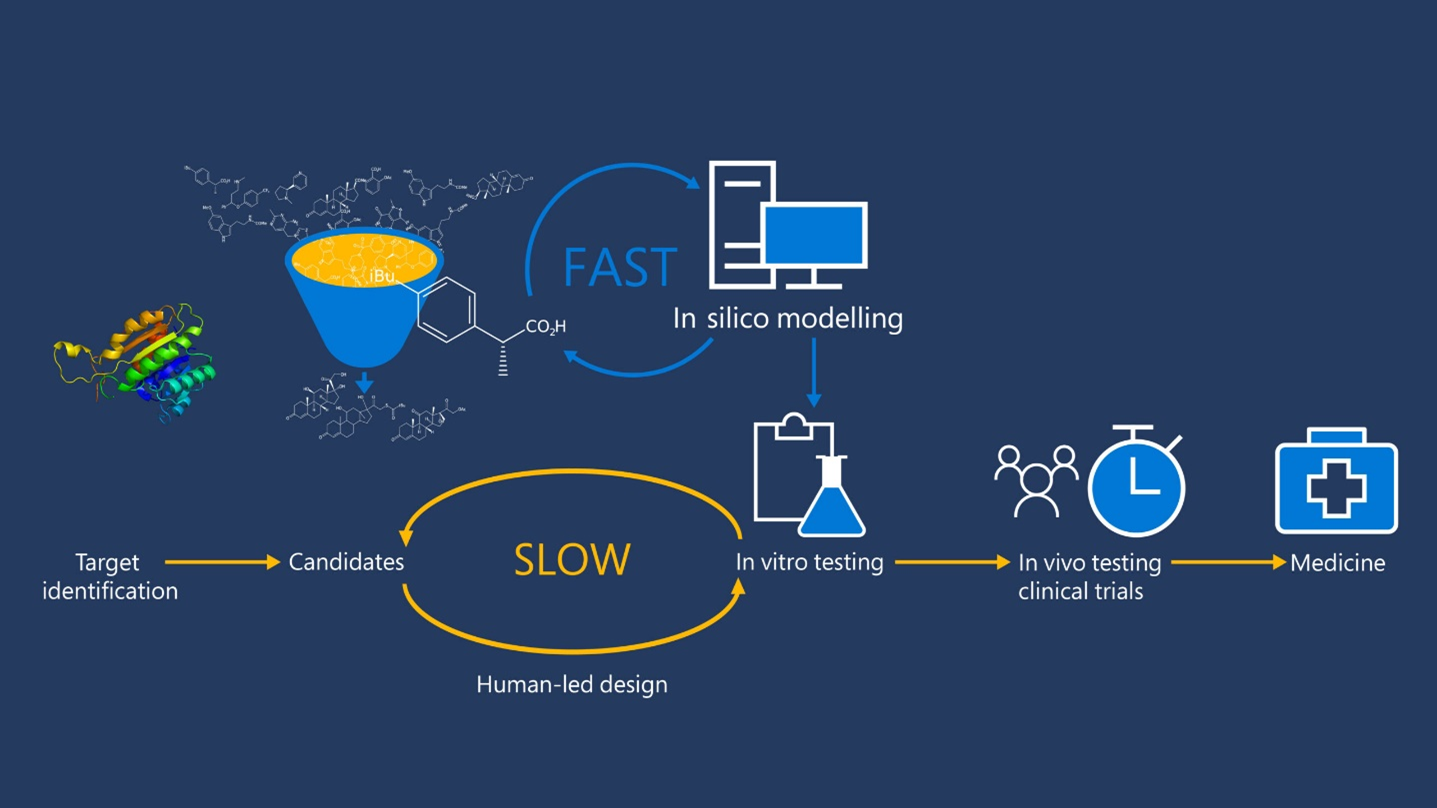Welcome to Nural's newsletter where you will find a compilation of articles, news and cool companies, all focusing on how AI is being used to tackle global grand challenges.
Our aim is to make sure that you are always up to date with the most important developments in this fast-moving field.
Packed inside we have
- Microsoft using AI to generate drug candidates
- Meta comparing brain and AI language processing
- plus, AI applied in pursuit of nuclear fusion
If you would like to support our continued work from £1 then click here!
Graham Lane & Marcel Hedman
Key Recent Developments
Creating a path to more efficient drug design

What: AI is currently used to speed up the drug discovery process by identifying candidate molecules for further testing and development. Microsoft and Novartis have now taken this one step further, seeking to proactively “design compounds that better fit project requirements than existing candidate compounds”. The new approach addresses known problems by constraining investigations to only those molecules containing a particular substructure (called the scaffold) and having the ability to reproduce more complex key structures, such as ring systems.
Key Takeaways: The latest development represents an incremental step forward in AI-supported drug development. The new approach is an iterative improvement on previous models developed by Microsoft and also other, competing, methods.
Meta AI announces long-term study on human brain and language processing

What: Researchers at Meta have announced a long-term partnership with a research center for innovation in brain imaging in order to better understand how the human brain processes language. The research is literally looking at how the brain and AI language models respectively respond to the same spoken or written sentences.
Key Takeaway: The researchers have committed to open source their original neuroimaging dataset, along with code, deep learning models and research papers, to help further discovery in AI and neuroscience. Meta recently announced they will make a large language model open source. Together with this latest initiative, this represents a significant contribution to open science in these important areas of research.
Blog: Building AI that processes language as people do
Machine learning, harnessed to extreme computing, aids fusion energy development

What: Researchers have linked techniques from ML with advanced numerical simulations to take an important step in state-of-the-art predictions for fusion plasmas. Key calculations estimating plasma density and temperature required for fusion are currently beyond computing capabilities. The application of ML techniques based on observed data has led the development of a surrogate mathematical model which has been used to produce the highest fidelity calculation yet for the core of a fusion plasma. This algorithm can help provide the “ultimate validation test of machine design or scenario optimization carried out with faster, more reduced modelling, greatly increasing our confidence in the outcomes."
Key Takeaway: Nuclear fusion offers the promise of unlimited, carbon-free energy but many engineering challenges remain before this can be achieved. AI can offer some of the solutions. AI for Good are organising a video conference on this important topic on 19 May: Towards fusion energy with the help of AI
Clearview AI agrees to restrict use of face database

AI 4 good
🚀AI-engineered enzyme eats entire plastic containers
🚀AI tool accurately predicts tumour regrowth in cancer patients
🚀 Recycling robotics firm Glacier emerges from stealth with $4.5M
🚀 In-depth insights into Alzheimer’s disease by using explainable machine learning approach
Other interesting reads
🚀 An open-source knowledge management system that ‘stores data like a brain’
🚀 Anthropic’s quest for better, more explainable AI attracts $580M
🚀 AI delivers real-time data for smarter farming
Cool companies found this week
General intelligence
Adept AI - an ML research and product lab, building general intelligence by enabling people and computers to work together creatively. The company claims to be “training a neural network to use every software tool in the world” and has emerged from stealth with $65 million in funding.
Spatial intelligence for robots
SLAMcore - offers state-of-the-art localisation, mapping and perception software, turning sensor data into real-time spatial understanding. The company has raised $16 million in round A funding.
No-code NLP
Accern - provides a no-code Natural Language Processing platform that promises to take you “from data to decisions in minutes”. The company has raised $20 million in round B funding to accelerate access for citizen data scientists.
And finally

AI/ML must knows
Foundation Models - any model trained on broad data at scale that can be fine-tuned to a wide range of downstream tasks. Examples include BERT and GPT-3. (See also Transfer Learning)
Few shot learning - Supervised learning using only a small dataset to master the task.
Transfer Learning - Reusing parts or all of a model designed for one task on a new task with the aim of reducing training time and improving performance.
Generative adversarial network - Generative models that create new data instances that resemble your training data. They can be used to generate fake images.
Deep Learning - Deep learning is a form of machine learning based on artificial neural networks.
Best,
Marcel Hedman
Nural Research Founder
www.nural.cc
If this has been interesting, share it with a friend who will find it equally valuable. If you are not already a subscriber, then subscribe here.
If you are enjoying this content and would like to support the work financially then you can amend your plan here from £1/month!



